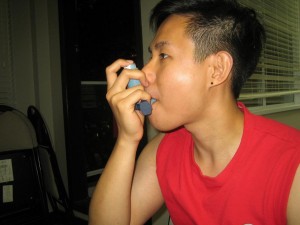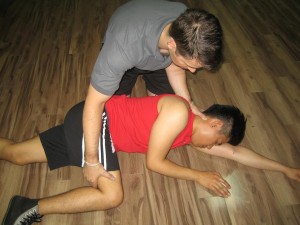
Getting a heart attack, or having a member of your family experience a heart attack, is a terrifying experience. Cardiac arrests most commonly happen at home as well, meaning that person is usually with his or her family during the attack. Because of this, the first responders to an incident are usually bystanders or non-medical personnel. Because the statistics of an out-of-hospital cardiac arrest happening are very high, it pays to know how to give CPR correctly.
Learning CPR is easy
CPR itself is a very straightforward skill, with chest compressions used for first-line management of cardiac arrest. When a heart attack happens outside of a hospital, just giving chest compressions is enough when bystanders are the first people to respond. However, if you are a trained rescuer, giving both chest compressions and rescue breaths can improve patient outcomes by twice or thrice as much.
The three core CPR skills are quite easy to learn, as long as a student is dedicated enough. These three core skills are:
- Compressions – Chest compressions are used in order to manually compress the heart and allow blood to circulate through the body during cardiac arrest. The main purpose of this skill is to return the spontaneous circulation of blood in the body.
- Rescue breaths – When a person is experiencing cardiac arrest, it is quite likely that he or she is not breathing adequately. Because of this, even with chest compressions, the blood that is circulating through the body will have low oxygen content. Rescue breaths will help keep the blood oxygenated, either through mouth-to-mouth or bag valve mask breaths.
- Defibrillation – If a person gets a heart attack outside of a health care facility, defibrillation is not a skill that is commonly performed by a bystander rescuer. It can only be performed if there is an automated external defibrillator (AED) available, usually used by EMTs once the ambulance arrives.
Basic Life Support

Basic Life Support training is a category where three of our courses fall under. BLS courses are based on the 2010 Basic Life Support guidelines. These guidelines were created by the American Heart Association after extensive research, to serve as a set of rules that is followed by a CPR rescuer. Concepts such as myocardiac infarction and asphyxia arrest to name a few are introduced in our basic and advanced classes.
Basic classes include the following:
- Heartsaver – basic CPR and AED training for one-rescuer is included in this general public class; 4 hours long
- Heartsaver C – basic CPR CPR and AED training for one-rescuer is included in this health care provider class; 4.5 hours long
- Basic life Support for Health Care Providers – basic CPR and AED training for one and two-rescuers are included in this class; 4.5 hours long (re-certification is 4 hours long)
Certificates are only valid for two years. We constantly remind our rescuers to renew their credentials before the expiration, or else they will have to retake the training program again.
